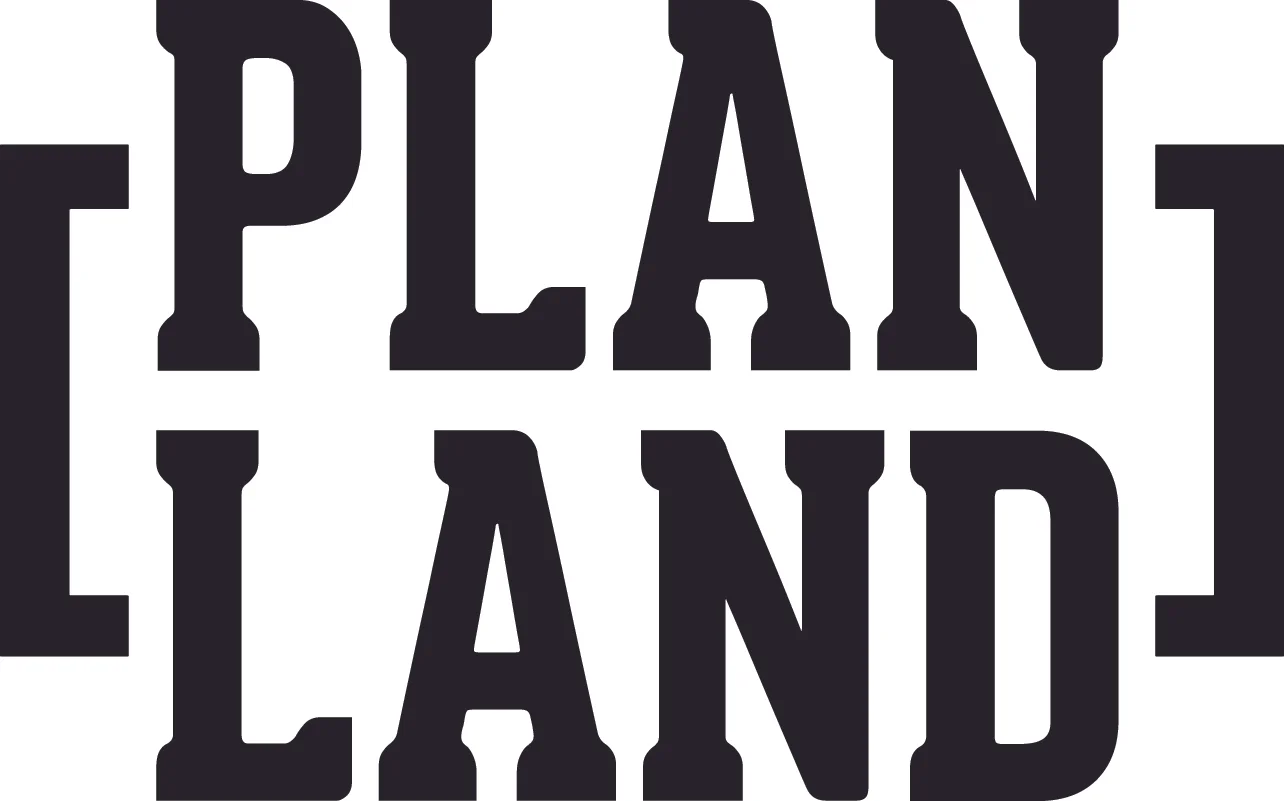Is A Positive Cash Flow Investment Property Possible? Insider Advice to Make This Possible.
/To help you understand whether a positive cash flow investment property is possible, you first need to understand what a positive cash flow investment property is. In a nutshell, it is a property where the annual rent you receive is more than the annual expense you pay. In essence, the property is ultimately paying you to own it, and overall, it is quite a nice position to be in, if you can attain it. And over time, if your property increases in value to reach capital gain or see a rise in value, then even better.
Now you might be asking yourself why an investor might put money into a property where they aren’t making a profit. Well first and foremost, they have their eye on the long-term goal, i.e. their focus is on future capital growth. However, if a cash flow positive property is your aim, note that there are many benefits that come with it. Not only will it help you achieve your property goals sooner, but the home will also be self-sustaining. There will be no need to add any extra money into the property which is great for first-time investors, and there will be a reduced cash flow risk overall. Positive cash flow investment properties can also be used to supplement more high-risk properties with larger capital growth.
Always remember that not all properties are created equal in terms of cash flow. For example, holiday rentals and apartments might turn out to be a higher risk than you anticipated. Suitable properties for investment will need to show room for growth and provide you with not only cash tax deductions, but also non-cash tax deductions. Of course, interest rates may fluctuate over the duration of your mortgage, so make sure that all your financial models are as real as you can make them. Doing your due diligence on any property and focusing on the health of the suburb and surrounding suburbs, is always part and parcel of an investor’s handbook. Insurance fees, council rates and maintenance expenses will also need to be taken into account as well.
So what should you look out for when choosing your property? Properties with low capital growth and high rental yield should be at the top of your priority list. You might want to steer away from properties in capital cities to attain a lower purchase price, but not always. Many capital cities are showing strong growth potential due to high demand and are worth looking at as well. There is certainly no one-size-fits-all option and it will ultimately depend on various circumstances surrounding the property.
While historical data can be helpful to indicate what went on in the past, it does not show you what will happen in the future. You need to focus on supply and demand as well as strong economic growth of the area. Low vacancy rates will ensure strong rental demands which in turn will most likely bring high rental yields. Your property will also do well to be near established infrastructure such as shops, schools, universities and public transport. Also, consider renovating to increase your property’s rental yield and desirability. Even small changes to the property can garner big results. And don’t discount dual income properties such as those with granny flats. Two incomes are always better than one, no matter which way you look at it.
So to sum up, it’s all in the numbers. Do your forecast well, and if need be, speak to a property expert. Check comparable sales, look at the market history, seek out a valuation on the property and speak to your financer. Once you have done all this, you will be able to ascertain whether your property of choice will help you achieve a positive cash flow.
Happy hunting!

